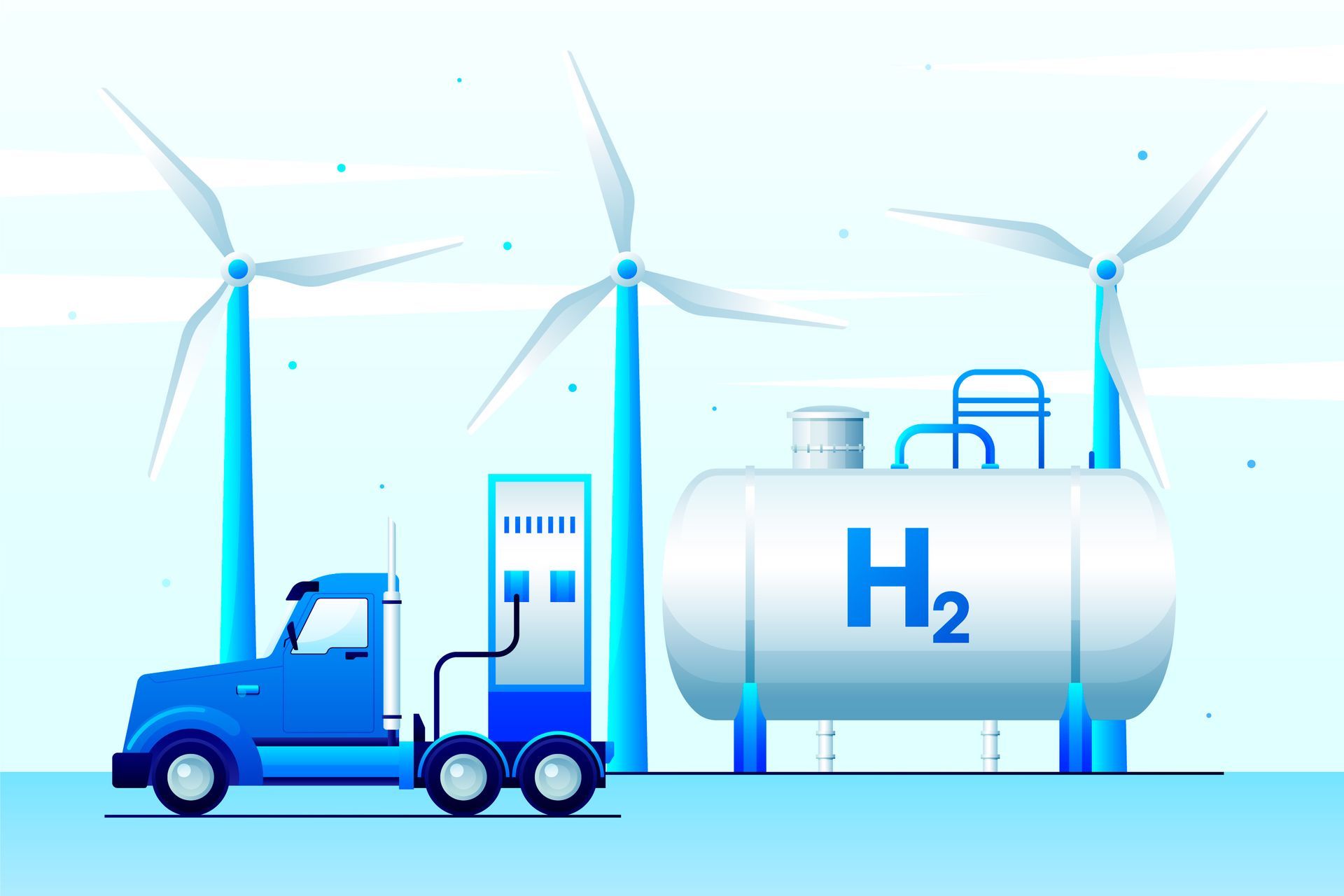About the author: Frank Hamilton has been working as an editor at essay writing service Trust My Paper and an author at review writing company Best Writers Online. He is a professional writing expert in such topics as blogging, digital marketing and self-education. He also loves traveling and speaks Spanish, French, German and English.
How to write a scientific article for nonscientific readers
Author: Frank Hamilton
As a researcher, you may have a lot of experience writing for a scientific audience. But what if you need to communicate your findings to nonscientific readers, such as policymakers or the general public? Writing for an audience outside your field can be difficult, but there are ways to make it easier. Learn how to do it with minimal effort.
Writing a scientific article for non-scientific readers can seem intimidating and time-consuming, but when done correctly, it can greatly expand your reach. Discover the key steps that will assist you in ensuring that your scientific article is engaging and understandable to a wide range of audiences.
How Do You Write a Good Nonscientific Article?
Taking these steps will allow you to feel confident in your ability to write successful science articles, even if they may be outside of your area of expertise:
#1. Know Your Audience
Knowing your audience is one of the essential skills for any successful communicator. Understanding who you talk to helps ensure your message resonates with them by allowing you to tailor what you say and how you say it. Consider the different factors that could affect how they may perceive your words and adjust accordingly. For example, being aware of cultural differences can be particularly beneficial when speaking to people from diverse backgrounds, as recognizing their values can help make sure that nothing said is construed inappropriately.
#2. Make It Interesting from the Beginning
When creating any formal document or writing piece, it is critical to captivate your reader from the start. Using creative language is an effective way to accomplish this. Using words that stand out and pique readers’ interest allows them to quickly identify what you are talking about and continue reading with zeal.
Looking at the subject in an unexpected light and presenting an intriguing premise that leaves the reader wanting more is a great way to capture attention. This method yields a successful introduction and a more enjoyable read. If you need assistance creating appealing hooks for readers, seek assistance from writing services professionals of Trust My Paper.
#3. Use Simple Language and Short Sentences
When writing for a professional audience, it is critical to use concise, easy-to-understand language. Using too many complicated words or long sentences can quickly make the material unreadable and unpleasant. Always prioritize clarity over complexity by using simple language and short sentences whenever possible. This will ensure that your writing is effective, professional, and understandable to everyone. Getting a writing mentor will make this task much easier.
#4. Get to the Point Quickly
Professional communication is essential in any work environment, and getting to the point quickly can make the difference between a good connection with colleagues or potential clients and a missed opportunity. When giving information, one should be brief and provide pertinent facts and proof. Taking too much time in a busy atmosphere loses time and can cause unnecessary confusion. Learning how to get to the point quickly will help you move conversations and projects along without wasting time, and will show respect for the time of others.
#5. Be Clear and Concise in Your Writing
To be an effective communicator, you should be clear in your writing. Word choices should be intentional, and a strong grasp of the language can help make sure the message is understood without confusion. Short sentences or paragraphs encourage readers to keep going.
Being aware of certain grammar rules (for example, having one main idea per sentence, using active verbs, or avoiding complex structures) can help ensure your messaging is succinct and easily digestible. Concise writing can reveal the depth of thought behind it while presenting ideas precisely and effectively, ultimately increasing efficiency in communication.
#6. Edit Ruthlessly
The editing stage should always be considered thoughtfully and carried out with diligence. Take time to smooth out awkward phrasing or overly complicated writing, check for grammar and spelling mistakes, and ensure each sentence is as succinct as possible. To produce a quality piece of writing, you should be ruthless in the editing process, because what may appear concise on the surface can often hide more lengthy or convoluted language that needs to be trimmed down. If you want to refine your work and be sure it accurately conveys the message you desire but you lack skills, visit writing services reviews websites such as Best Writers Online to find a specialist to help you.
Conclusion
Scientists are often so enthusiastic about the work that they want to share everything they know in great detail but resist this urge. Remember that you are writing for a nonscientific audience that is unlikely to have the same background knowledge as you. If you can leave them with a clear understanding of what you did and why it matters, you’ve done a good job.

More articles!

By EuroScientist Editor
•
07 Sep, 2023
Hydrogen fuel can be made from wood waste in a clean and cost-efficient way at heat and power plants – and its developers hope it could change the narrative around this sometimes-controversial solution. By Steve Gillman & Fintan Burke The costs of scaling up hydrogen power, along with the potential amount of energy and natural resources to produce it, have seen this fuel source face increased scrutiny as a solution against climate change. “The majority of our electricity and hydrogen is produced from fossil fuels. This, of course, is not sustainable as it contributes to climate change,” said Michael Bartlett, a founder of Phoenix Biopower, a company that turns natural waste into combustible gas, like hydrogen. As part of a research project called Bio-FlexGen, Bartlett is developing ‘green hydrogen’ from biomass waste from the forestry sector. “Our ultimate goal is to provide a secure, renewable and low-cost energy for society and industry,” he adds. Bio-FlexGen, and its multidisciplinary team of 14 partners from five EU countries, aim to provide the technology for combined heat and power plants (CHP) that can also generate a supply of green hydrogen in addition to usual outputs of electricity and heat. To make green hydrogen, Bio-FlexGen will use a combination of two main technologies – a gas turbine and a gasifier. First, waste biomass is added in a gasifier at pressure and heated up to 850 Celsius – a temperature so hot that it releases other gases, mainly hydrogen, methane, and carbon monoxide. The next step sees water and steam added to cool before it passes through a cleaning filter. “Once we have cleaned up the gases from the gasifier, we can either send it to the gas turbine for combustion and electricity generation or to a hydrogen production unit,” said Bartlett, adding that this process gives “enormous power” and efficiency to the CHP plant. The high temperatures of this process, over 1400 Celsius in the gas turbine combustor, also result in greater power generation. To ensure a high efficiency, the system is designed to gather waste heat and recycle it back into the gas turbine in the form of hot steam. This, Bartlett says, can result in double the electricity output that is typical for a given amount of biomass. The new approach means the CHP plant then has three modes of operation; 1/ produce heat and electricity efficiently from biomass in the winter 2/, produce green hydrogen and biogenic CO2 from biomass in the summer 3/ utilise hydrogen in the gas turbine for peak power. This flexibility means it can help keep costs low and stable and complements the hourly, weekly and seasonal variability of solar and wind power. Converting critics and pushing EU hydrogen plans ahead Bio-FlexGen’s systematic approach to incorporating green hydrogen could go a long way in negating the main arguments against this renewable energy, primarily the amount of natural resources it requires for its production. According to Rystad Energy, 620 million cubic meters of water are needed to produce 85% of the green hydrogen capacity planned for 2040. However, environmental groups like Greenpeace argue that renewable power alone is not enough to produce the needed amount of green hydrogen. If anything, they claim this may end up increasing fossil fuel demand. But Bio-FlexGen’s green hydrogen production utilises oxygen to drive the gasification process, itself a by-product of green hydrogen production from wind and solar power. “The main advantage of getting hydrogen from biomass compared to wind or solar is that it has less variability and is not dependent on electricity price,” said Bartlett. “It also requires less H2 storage (you store biomass instead) for when the wind doesn't blow.” When producing electricity from biomass in the CHP plant, a lot of steam is needed in the gas turbine for the best effect. In fact, 50% of the exhaust is just water vapour. This water is recovered, treated and recycled back to this process, and an excess of clean water can even be produced for other consumers. When this water is recovered, it also generates large amounts of heat, which the project can use further in district heating networks or other processes. In this way all the energy in the biomass is efficiently used. “We are working very hard to ensure that we are part of a circular biomass utilisation and that we are using hydrogen in the safest possible way,” explains Bartlett, adding that the project will make a “significant contribution to the decarbonisation of the energy system”. The first commercial plant using Bio-FlexGen’s approach is planned for 2030, in which the power plant will operate on biomass in the winter months and use 100% green hydrogen in the summer months, therefore displacing demand for fossil fuels in peak periods – a goal increasingly shared by EU policymakers. Following the war in Ukraine, and the embargo on Russian oil imports into the EU, the European Commission outlined a ‘Hydrogen Accelerator' concept to scale up renewable hydrogen deployment. This ‘REPowerEU Plan’ wants the EU to produce 10 million tonnes of renewable hydrogen by 2030, with the Commission recently proposing criteria that Member States can follow to ensure they produce green hydrogen, including that it only be produced when and where sufficient renewable energy is available. As BioFlexGen’s power plant will operate with up to 100% green hydrogen from solar and wind, with an optimised combination of bioenergy, it is already on course to meet these criteria. Bartlett also believes that the project has brought together “amazing, competent people” that can play a key role in developing green hydrogen further.

By EuroScientist Editor
•
07 Sep, 2023
Author: Jane Marsh Scientists are researching a theory known as positive climate tipping points. While most people talking about tipping points concentrate on their negative consequences, such as irreparable harm to ecosystems, positive tipping points provide a ray of hope. These points may result in favorable and constructive changes to our planet's climate system as the effects of climate change continue. Learn more about the idea of positive climate tipping points, consider their possible advantages and discuss their significance in understanding and tackling the problems caused by climate change. Understanding Tipping Points To fully understand positive climate tipping points, it is essential first to understand what tipping points are. Tipping points are key thresholds in a complex system where a minor change can cause significant and sometimes irreversible changes in the system's behavior. Harmful climate change tipping points may be the first type that comes to mind. These relate to occurrences like the melting of significant ice sheets or the disruption of essential ocean currents, which can have quick and harmful repercussions. However, there are also positive tipping points that may shape the future climate. Positive Climate Tipping Points Unlike negative climate tipping points, positive ones can increase ecosystem resilience and bring about encouraging changes. These turning points take place when certain environmental activities or changes trigger self-reinforcing mechanisms that improve the earth's capacity to absorb carbon dioxide, lower greenhouse gas emissions or support the preservation of vital habitats. Forest preservation and restoration is one illustration of a favorable climate tipping point. As forests grow and recover, they sequester a greater amount of carbon dioxide, which lowers the levels of greenhouse gases in the atmosphere. This process creates a positive feedback loop that encourages greater forest development and improves the ability of these ecosystems to control the temperature. Relevance and Implications of Positive Tipping Points Positive climatic tipping points must be recognized and utilized for mitigation and adaptation initiatives to succeed. Scientists and decision-makers can create targeted interventions to improve the planet's resilience and lessen the effects of climate change by identifying and utilizing these tipping points. Climate tipping points can also encourage and inspire group action. They provide concrete instances of how individual and group activities, such as reforestation programs, sustainable land management techniques and ecosystem restoration projects, can significantly contribute to the fight against climate change. The general public may take inspiration in carrying out sustainable behaviors or supporting laws that help effect positive change. Emphasizing these positive tipping points' potential advantages and ripple effects encourages individuals at all levels. While positive climate tipping points have great potential, it is important to recognize that our understanding of them is still developing. Further research is necessary. These tipping points require identification, monitoring and measurement, which demands continual study and scientific cooperation. Scientists use advanced modeling approaches and thorough data analysis to find potential positive tipping points across different ecosystems. Researchers are also looking into how positive and negative tipping points are connected. Scientists can create comprehensive plans to negotiate the intricacies of climate change and maximize beneficial results by thoroughly comprehending the relationships between these tipping points. Positive Climate Tipping Points Could Be a Game-Changer Positive climate tipping points demonstrate optimism in the fight against climate change. If people locate and utilize these tipping points, we may be able to develop self-reinforcing mechanisms that positively affect our planet's climate system. Scientists, decision-makers and people can take proactive measures in climate change prevention and adaptation by comprehending the significance of positive tipping points and their potential ramifications. The complexity of positive climate tipping points must be further understood through ongoing research and monitoring projects to successfully navigate the challenges of climate change and create a more resilient and sustainable future.

By EuroScientist Editor
•
18 Jul, 2023
It’s no secret that the planet is getting warmer, but July 2023 saw record-high temperatures that really turned heads. 2023 is an El Niño year — in addition to human-caused climate change, the Earth is undergoing an expected cycle of exceptionally warm weather that occurs every few years.
This double whammy has many people reaching for their water bottles and cranking up the AC. Why are scientists so worried about the heat?

By EuroScientist Editor
•
03 Jul, 2023
Hydrogen fuel cells have garnered a lot of attention recently. As the global conversation shifts to emissions-free energy, many people want to know how fuel cells work, whether they could replace internal combustion engines someday and if they can power homes. Here are answers to common questions about the technology.



